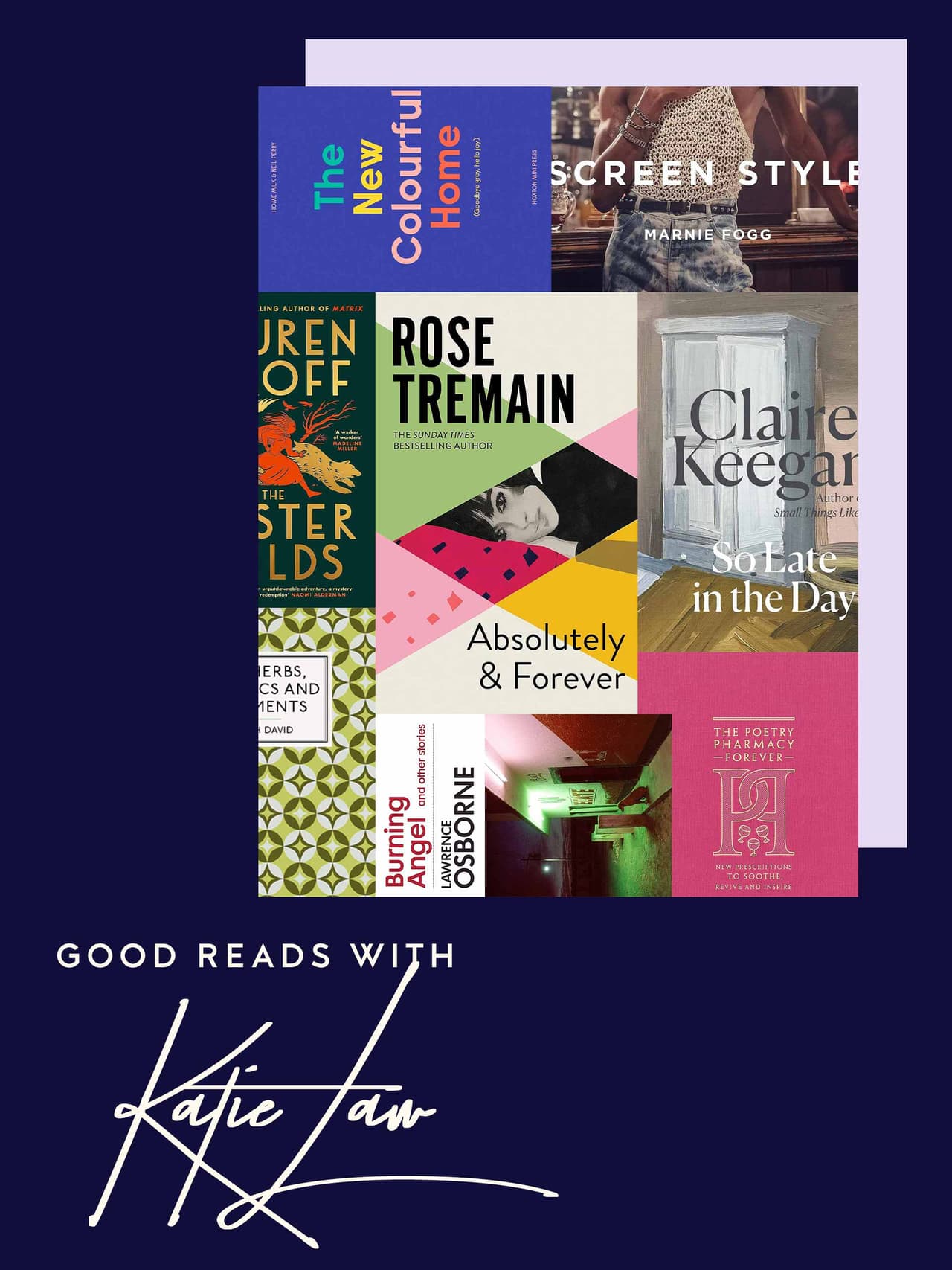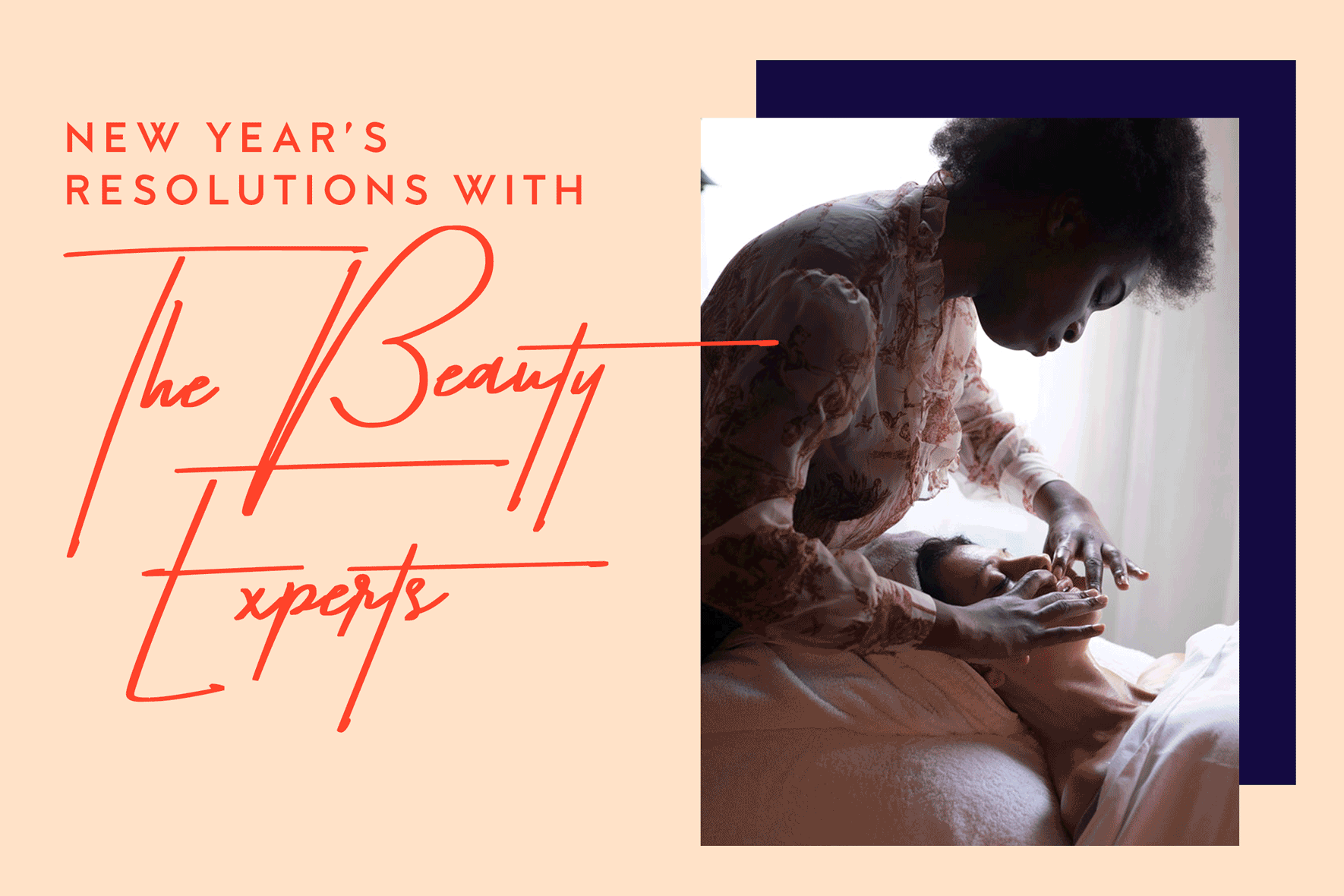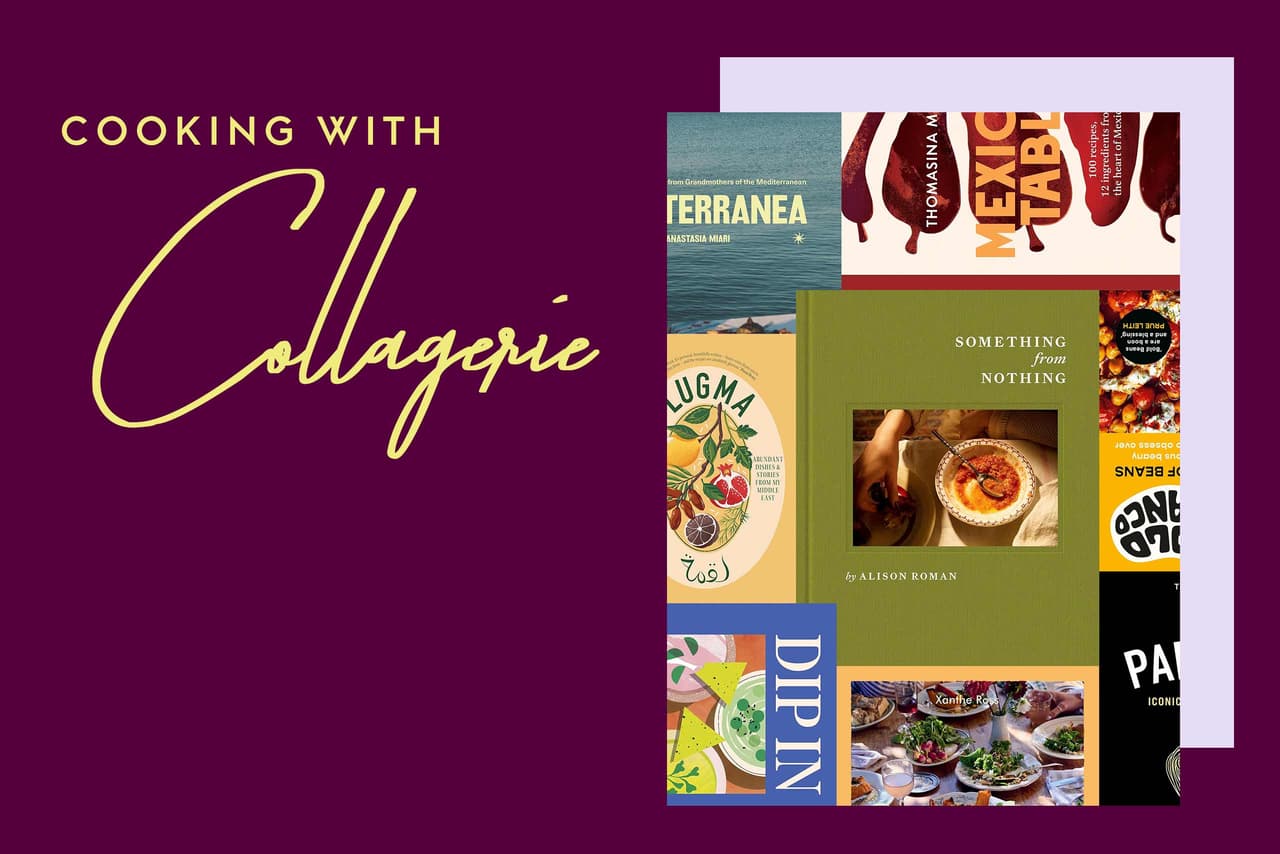Life & Style
Spread The Word
The turning seasons bring a change in our literary mood as summer’s beach reads give way to autumnal tomes for duvet days. Cue historical novels, emotive memoirs, poignant poetry and cook books with words (and recipes) to warm the soul…

Absolutely & Forever by Rose Tremain
The searing memory of first love pervades this wonderfully nostalgic novel. The intense pain of experiencing and losing (but never forgetting) the kind of love that is “absolutely and forever” is evoked pitch-perfect here. Set in the late ’50s, Marianne Clifford, the daughter of a stuffy colonel and a vain housewife, is, at 15, infatuated with Simon Hurst. The floppy-haired, strikingly handsome 18-year-old is destined for a great future. He takes Marianne’s virginity and she, deliriously in love, is sure they will eventually marry and live happily ever after. But after failing his Oxford entrance exams he is banished by his parents to Paris, and when his letters to Marianne dry up, she, broken-hearted, goes to secretarial school in London and marries dependable Hugo. More loss follows and the great “what if?” question is only resolved in the final pages. Tremain is one of our finest novelists and this delicious period piece is one of her finest.
The Poetry Pharmacy Forever: New Prescriptions to Soothe, Revive And Inspire by William Sieghart
Almost 10 years ago, the philanthropist, entrepreneur and poetry champion set up a tent at a literary festival with a couple of chairs, a pad, a pencil and a large placard offering to “dispense” a poem by reading it aloud to anyone in search of solace. Depressed? Try Siegfried Sasson, he urged. Unrequited love? Here’s something by Wendy Cope. Queues went round the block and Sieghart’s ‘poetry pharmacies’ soon led to an anthology of poems, each intended as a balm for a specific sadness. This is his third book, its content coloured by the devastating effects of lockdown, illness and loneliness. From Rumi to Leonard Cohen, from Raymond Carver to Roger McGough, from Helen Farish to Helen Dunmore – whether it’s fear of dying, grief, despair, rage at the world or learning to say no, Sieghart’s got it covered. But the genius lies in his insightful accompanying commentaries.
The Farmer’s Wife: My Life In Days by Helen Rebanks
I tend to shy away from books that could be described as “heartwarming”, but this memoir – with recipes thrown in – more than gets away with it. Helen Rebanks, together with her superstar author/shepherd husband James, runs a 700-acre farm in the Lake District. Here she describes with rare candour, raising four children along with six sheepdogs, two ponies, 20 chickens, 500 sheep and 50 cattle. It’s no Aga saga. We also learn of her life before meeting James – she came from a farming family, had a tricky relationship with her Mum and wanted to be an artist. Then there are her passionately-held views on wider issues, from the catastrophic effects of foot-and-mouth disease on the farming community, to Brexit and the horrors of cheap food production. Some vegans might well change their views after reading what she writes about sustainable farming. But mostly this is a story of courage and love.
So Late In The Day by Claire Keegan
Booker short-listed Keegan proves once again that less is a more in this all-too-brief gulp of a novella about misogyny and disappointment. Told from the point of view of Cathal, who is reflecting on recent events, we learn that he has been in a relationship with Sabine but on the point of marrying her something terrible has happened and the wedding has been called off. But what? As Cathal’s uneventful day at work progresses, we learn how they first met and of their growing disillusionment with one another; of his resentment at Sabine’s extravagance and taking up too much space, and of her annoyance at his meanness and thoughtlessness. At one chilling moment he recalls his brothers’ shameful treatment of their mother and wonders what part his upbringing might have played in his attitude towards women. A brilliant exercise in concision but also a powerful delve into the deep roots of careless misogyny, still not so uncommon today.
The Elizabeth David Collection
These four booklets were originally published as pamphlets in the late ’60s. They are republished for the first time here as an exquisite little boxed set and would make the perfect present for your English-food-loving friends, who will be charmed by David’s rare blend of sophistication and simplicity, while also being struck by how things have changed. In The Baking of an English Loaf, David entreats readers to make their own bread, given how terrible most English bread at that time tasted. In Syllabubs and Fruit Fools there are deliciously easy-sounding recipes to make both quince and dried-apricot fools, while in Dried Herbs, Aromatics and Condiments we are advised to use dried basil on either prawns or lobster, and to soak cubes of honeydew melon in a vanilla-flavoured sugar syrup. Finally, discover English Potted Meats and Fish Pastes, with its suggestions of Potted Pork and Tunny Fish Butter.
The Vaster Wilds by Lauren Groff
Suffering and death stalk the pages of this compelling historical novel, set in the wild lands of Virginia in the early 1600s, when the first English settlements were struggling to survive in North America. The conditions were so harsh that the period became known as the ‘Starving Time’, and indeed most of those early settlers died from disease, famine or in violent conflict. It is in this unpromising landscape that the acclaimed, prize-winning Groff has set her fifth novel. It opens with an unnamed adolescent girl escaping through a wall and making her way “into the great and terrible wilderness.” She is a servant who has run away from her employers and now faces even tougher challenges: a frozen climate, scarce food, dangerous wild animals, unfriendly indigenous tribes and even less friendly soldiers. Groff’s style is intense and florid in a way that reminded me of Cormac McCarthy, tinged with #MeToo.
The New Colourful Home by Emma Merry and Neil Perry
Emma Merry – colour consultant and founder of interiors platform Home Milk – loves colour in the home and knows lots of us love it too but are either too anxious or too cautious to move away from shades of greige. “I want to motivate people to find the colours that spark happiness, lift them up and calm them down,” she writes in the introduction to this through-the-keyhole look at vibrant homes across the land. Accessibility and affordability are central tenets, most easily achieved with paint (whether on walls, stairs or doors) rather than investing in expensive furnishings. Rob, a Cypriot filmmaker, decided to celebrate his late sister through colour-blocking his flat using 32 different shades; movie costume designers Nat and Cat opted for a few stark, clashing combinations, while diversity consultant Natasha brings the sunshine in using lots of yellow. There are so many case studies and different colour combos, it’d be hard not to feel inspired.
Screen Style by Marnie Fogg
How often have you gasped at the gorgeous costumes in your favourite box-set TV series? Shiv’s sharply-tailored suits in Succession, which got progressively sharper along with the character. Those wafting silky numbers Elizabeth Debicki wore in The Night Manager. The opulence of the gowns in Bridgerton and Downton Abbey, the delicious period glamour of Mad Men, the regal sparkle in The Crown, the seductively degenerate dresses in Babylon Berlin. The costumes in cult hit It’s A Sin were so well done that they transported me back to the ’80s in a second. Divided into chapters, from Historical to Retro, from Contemporary & Comedy, to Coming-of-Age and Crime, the book lavishly illustrates the triumph of these and many more small-screen dramas over the past 20 years, as TV streaming services have come not only to dominate the entertainment industry but also to exert considerable influence on how people dress and think about fashion.
Burning Angel & Other Stories by Lawrence Osborne
This new collection by one of my favourite writers grips from page one. In the opening story, ‘Ghost’, an ambitious US hedge funder living in Hong Kong faces redundancy. Driven by panic and greed, he agrees to doing a dodgy real-estate deal with one of the city’s leading businessmen, and you just know it’s going to go horribly wrong. In ‘Pig Bones’, a naive young linguist hopes to immerse herself in the culture of a remote tribe in Papua New Guinea but is betrayed by the local Dutch pastor. In ‘The Wave’, a scientist in the Andaman Islands takes chilling advantage of the ravaging effects of a tsunami to further her studies on insects. Best of all is ‘The Boatman’, in which a mismatched couple holidaying in the Gulf inadvertently witness a brutal murder. Oh dear. As ever, Osborne writes with a beautifully sharpened pen, every line dripping with menace.
Ultra-Processed People: Why Do We All Eat Stuff That Isn’t Food… And Why Can’t We Stop? by Chris van Tulleken
UPF – Ultra Processed Food – is the latest big, bad bogeyman of the food world. Eating it affects not just our waistlines, energy levels, dental and gut health, but also our brain development. What is a UPF? Basically any of those weird-sounding ingredients listed on the back of snacks, fizzy drinks, cereals, ice creams and ready-made meals that we don’t have in our own kitchens. They’re not even food really, but chemically-synthesised products, industrially produced to variously bind, stiffen, soften, fatify or otherwise enhance what might otherwise not taste so nice. But many UPFs are addictively yummy, and we guzzle them down at our peril. Chris van Tulleken, an infectious diseases doctor, became his own research guinea pig for a month, eating almost nothing but UPFs to write the book. He also fed his daughters Rice Krispies both with and without extra sugar, with shocking results. Turkey twizzlers, be gone!

